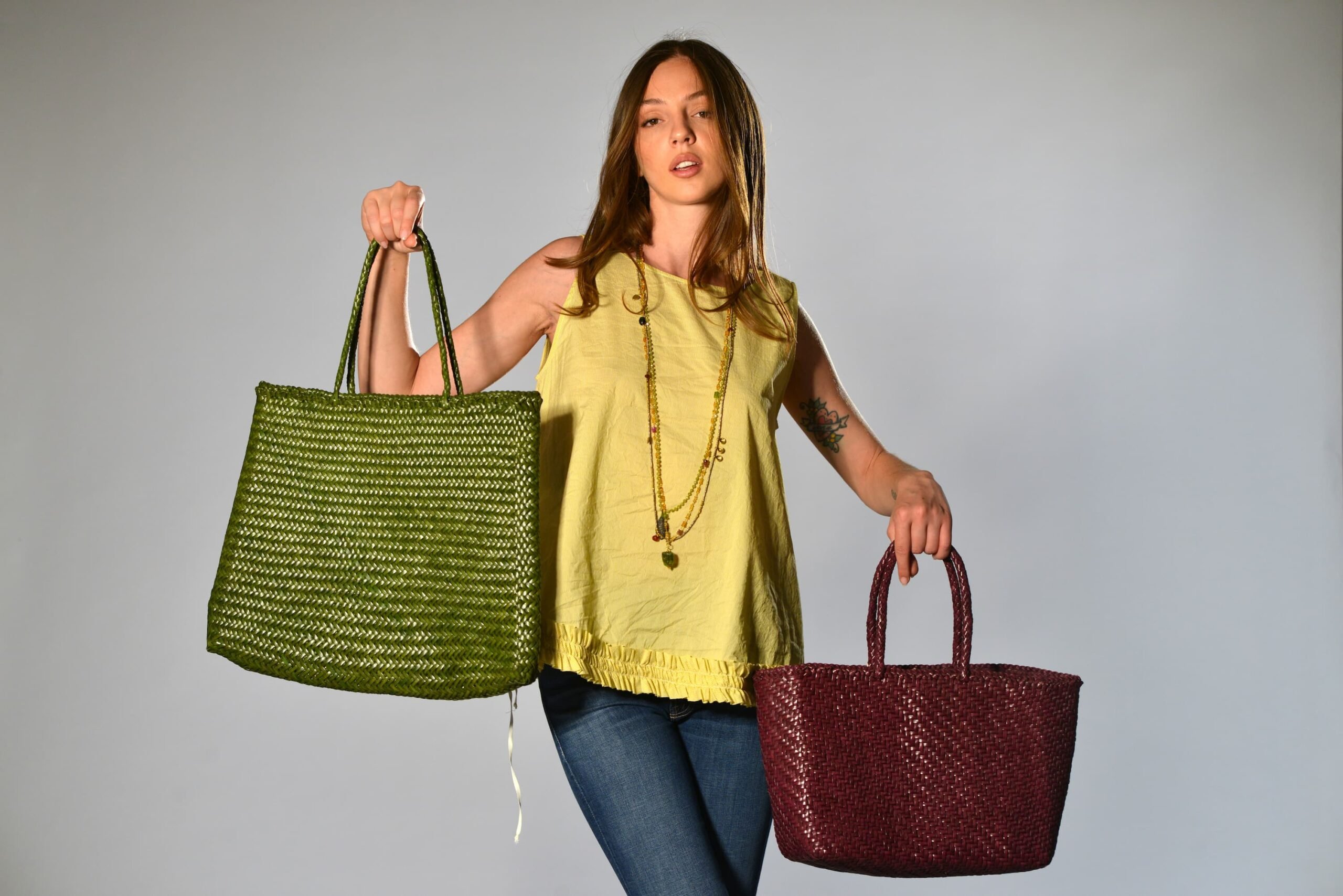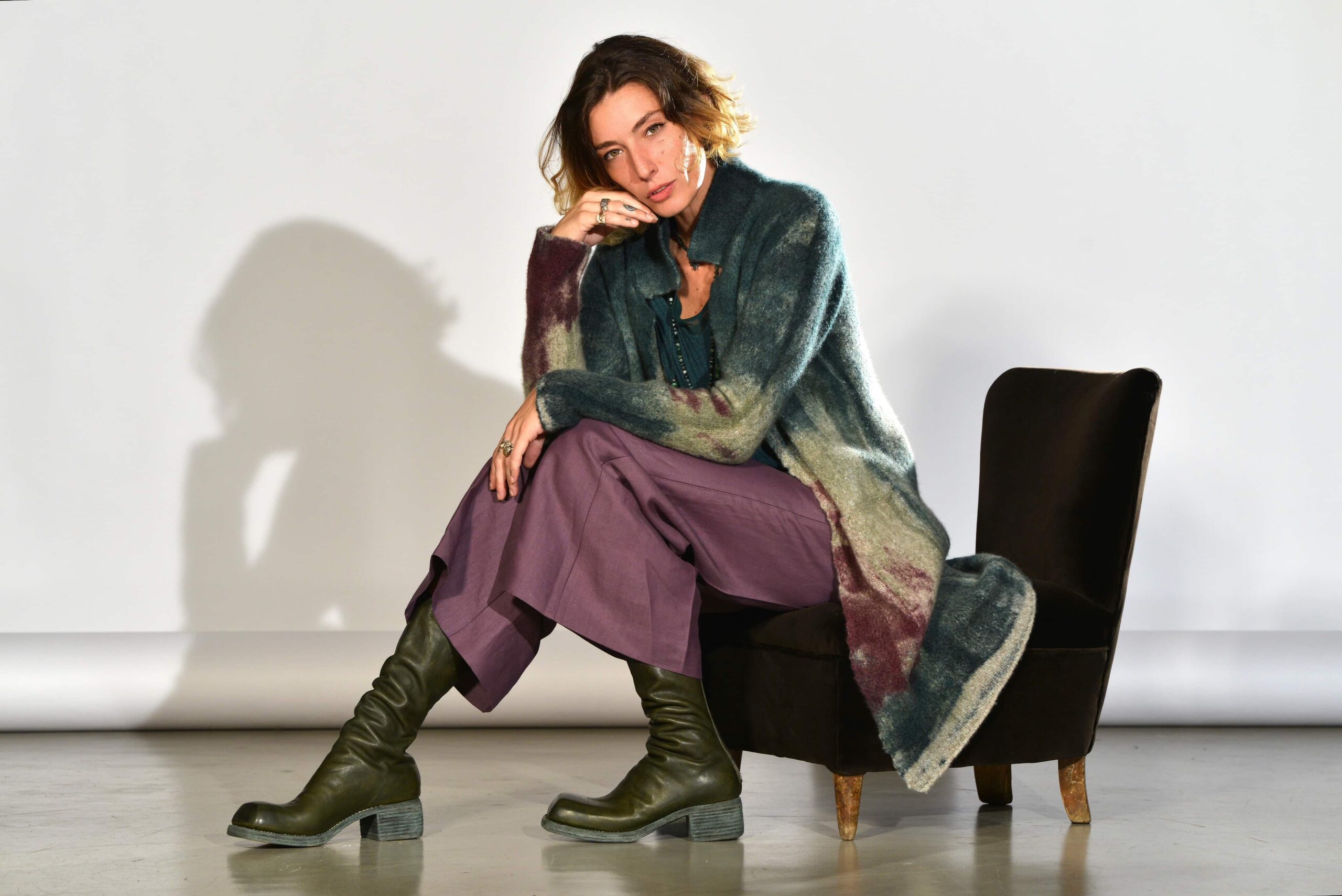
Iconic Garments That Never Go Out Of Style
A well-built wardrobe starts with iconic pieces: versatile, elegant, and timeless. Marina Lari selects five items, from shirts to trousers, blazers to bags, that combine style, fine materials, and timeless design.


